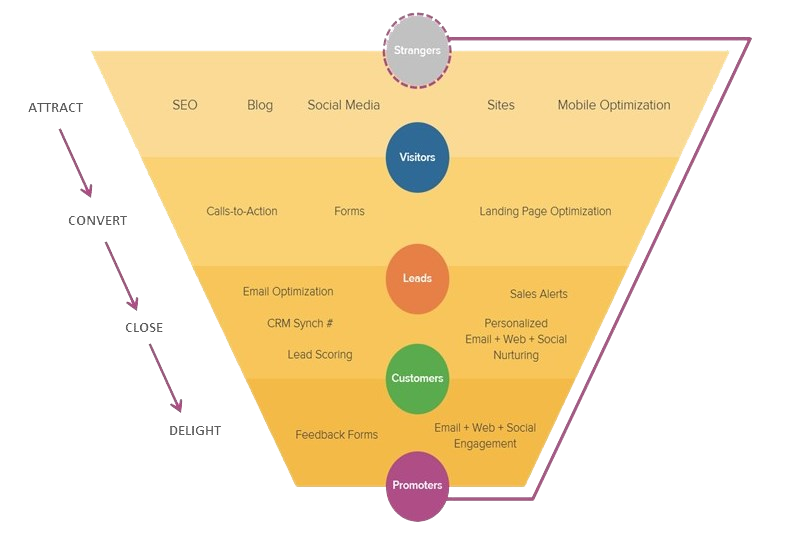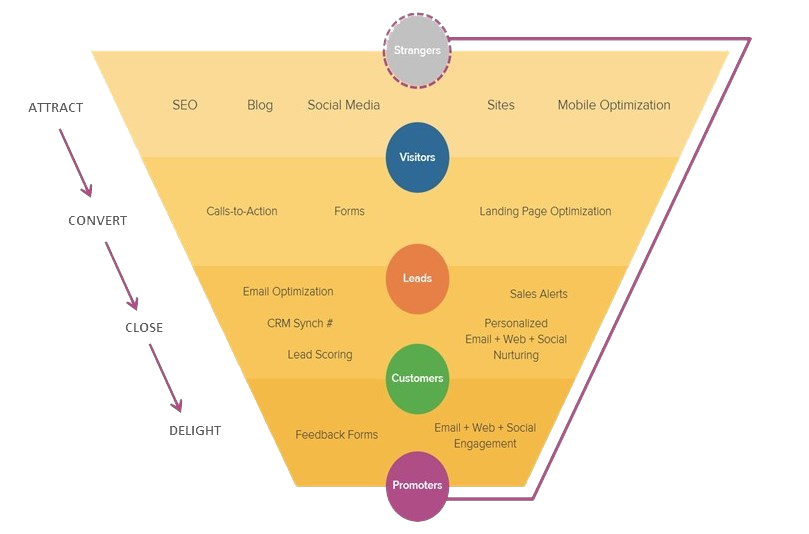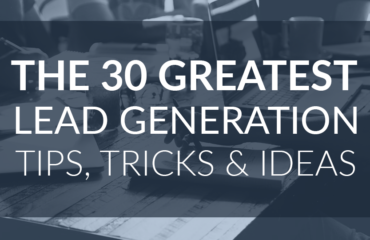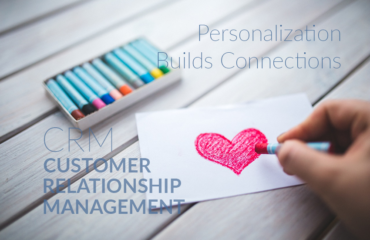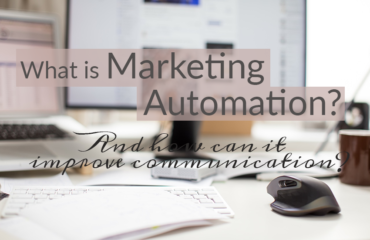The Fundamentals of Inbound Marketing
Inbound marketing is a methodology that focuses on attracting customers by providing information that is timely and relevant to prospect needs. Today, people are overwhelmed and constantly feel bombarded with information. The media landscape is overflowing with ads in magazines, TV channels, radio stations, and millions of websites for every interest known to man. Pulling people to your website by providing educational content is a key philosophy of inbound marketing. Having information readily available when people are searching for it may yield much more influence than simply pushing out ads, cold calling and sending emails hoping that something will stick. While there is still great value in traditional advertising mechanisms, crafting an inbound strategy is important for a well rounded marketing plan.
Key elements of inbound include demonstrating thought leadership, thoughtfully engaging with your audience, and utilizing data analytics to enhance conversations with potential customers when the timing is right. The marketing funnel below outlines these concepts. Source: HubSpot
The inbound philosophy can be broken down into four basic steps: attract, convert, close, delight. Each step includes key functions designed to maximize engagement with potential and current customers. Specific software, such as HubSpot, can be used to facilitate and streamline this process. Software is a great way to house all functions in one platform and can allow you to really dig deep to analyze data and track consumers through the conversion process. It helps you speak to customers at the right times in the right way. The four items listed below show how each step is supported by very specific activities.
1) Attract: Generate Traffic
Create content (website updates, blog), search engine optimize (SEO) that content, and promote it on social media sites.
2) Convert: Obtain Leads
Place calls-to-action throughout your website, blog, social accounts, and email to drive visitors to landing pages with forms.
3) Close: Get Customers
Send leads targeted, automated emails to drive them through your buying cycle. Use lead intelligence for more effective outreach.
4) Delight: Turn Customers into Promoters
Analyze the success of your marketing campaigns, and determine which areas need further optimization or personalization for future success.
Following this methodology can help you reach potential customers that will attract them when the timing is right for them. The use of digital marketing software can help you with the mechanics of this process.

